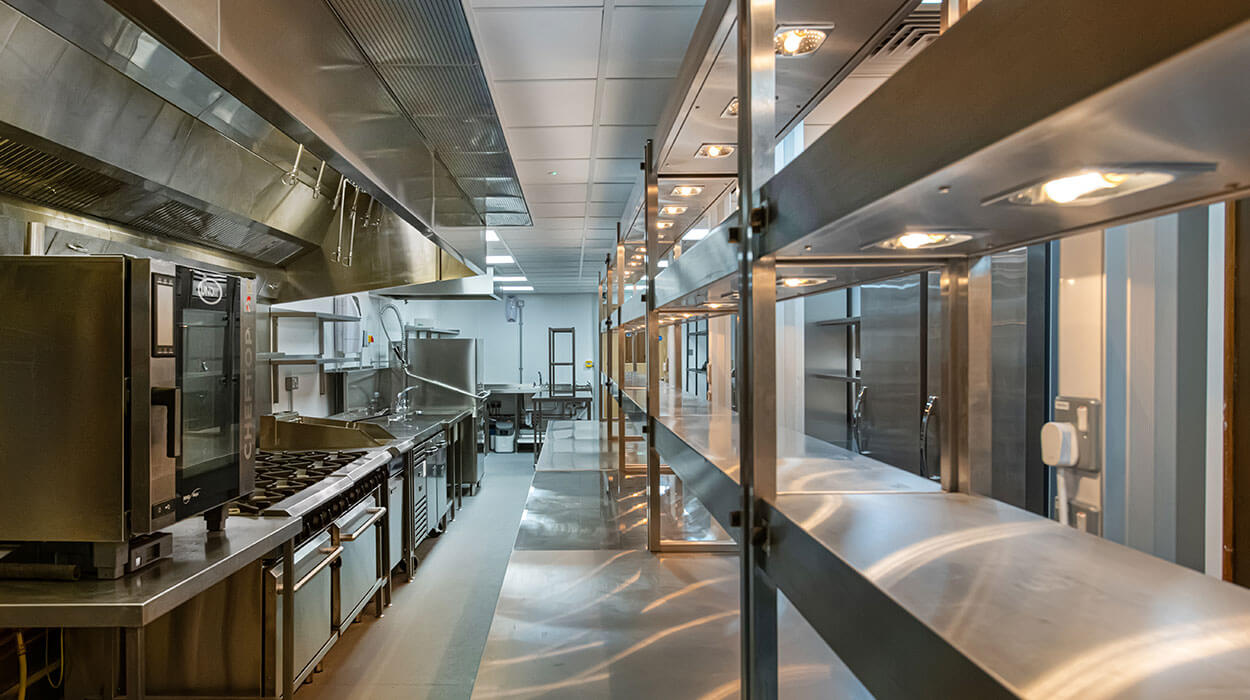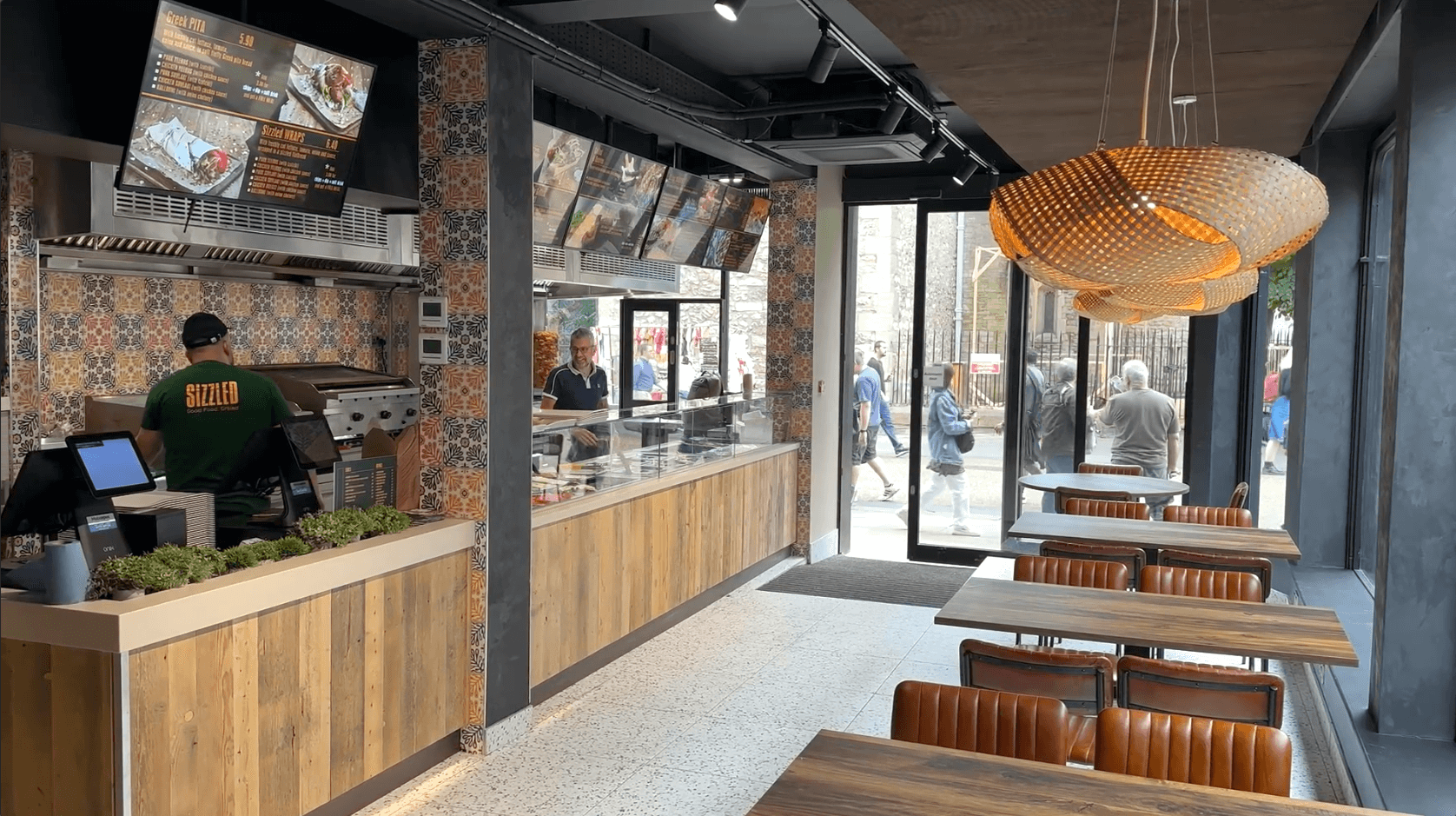Five things every commercial kitchen designer must consider
PUBLISHED: 25/03/2022
When designing a commercial kitchen, it’s important you bring in the experts to help guide you through the process as there are several things you need to consider. Our director, Michael has many years’ experience in helping hospitality and catering businesses to design the perfect kitchen. With so much knowledge of the industry, we understand the demands and challenges chefs face daily, so our designers and project managers take all this into consideration when creating a new kitchen. There are five key things to consider:
Ventilation
Thinking about the ventilation requirements is important when you are selecting a site or premises for a new restaurant. It’s about more than just looking at the building as you also need to consider the surrounding area. For example, if it is a residential location the planning side will be much stricter, and you must consider smells, smoke and noise levels. Whilst we always have ways to overcome any ventilation issues, the more complicated they are the more costly they become, so this would need to be factored into a budget. The more smoke, smells and noise we have to get rid of, the more expensive the extraction system becomes. If any external duct work is needed this will require approval from planning which also has implications on timescales, so this is something we’d be looking at on our first visit to a site.
Utilities
This includes gas, electric and water. When looking at the gas supplies it is important you have a commercial meter when picking your premises. With the level of cooking equipment in a commercial kitchen, you will use a lot of gas and so a domestic meter wouldn’t cope with this demand. For the electric, you need the premises to have a three-phase supply as this is what would be required for a large or medium sized restaurant kitchen. In a commercial kitchen, you will have multiple sinks so you have to factor in the water supply that is required when two or three sinks are going at the same time as a dishwasher.
Drainage
Councils are cracking down on the fat, oil and grease (known as FOGs) going down drains and this is now something that is monitored. We will monitor the drainage and if needed use products to help reduce the fat levels. This could be grease management using a dosing unit or implementing a grease trap.
Workflow
A good design will mean working within the constraints of the building to create an efficient workflow. We will look at how hot food is delivered to tables as quickly as possible and dirty plates are cleared away and taken to the wash up area. At the end of a service, everything needs to be stored effectively ready to start again for the next one. It’s important staff aren’t getting in each other’s way and movement around the kitchen flows easily.
Access
This is where as designers we need to think all about the logistics, not only when building the venue but on a day to day basis too. When picking premises, we would always recommend a rear entrance as you don’t want deliveries coming through a restaurant to be taken to the kitchen. You want access straight into a kitchen wherever possible. Access is often a challenge when restaurants are situated within shopping centres, but we are able to find ways to help our clients.
Out of all of these considerations, workflow and ventilation are the most important to get right. We’ll also consider sustainability and encourage clients to get the best equipment they can within the budget constraints. Opting for cheaper equipment that may be sub-standard can actually cost you more in the long run with repairs and replacement.
As commercial kitchen designers, suppliers and developers, one of the biggest challenges we face is building constraints. We need to look at every single building on an individual basis and see what can be achieved. This is one of the reasons employing a company with industry expertise is so important as we understand the needs of chefs and have many ideas to adapt designs to achieve the business goals within an agreed budget.

